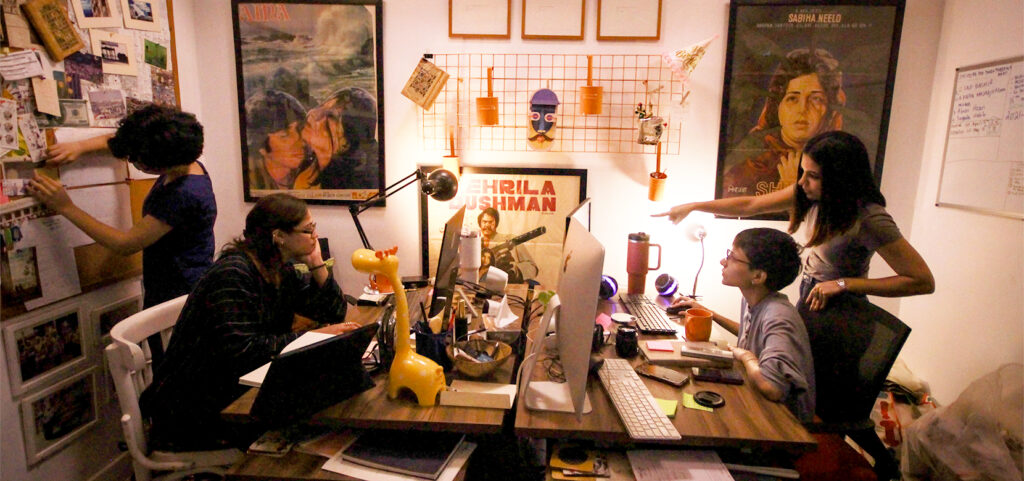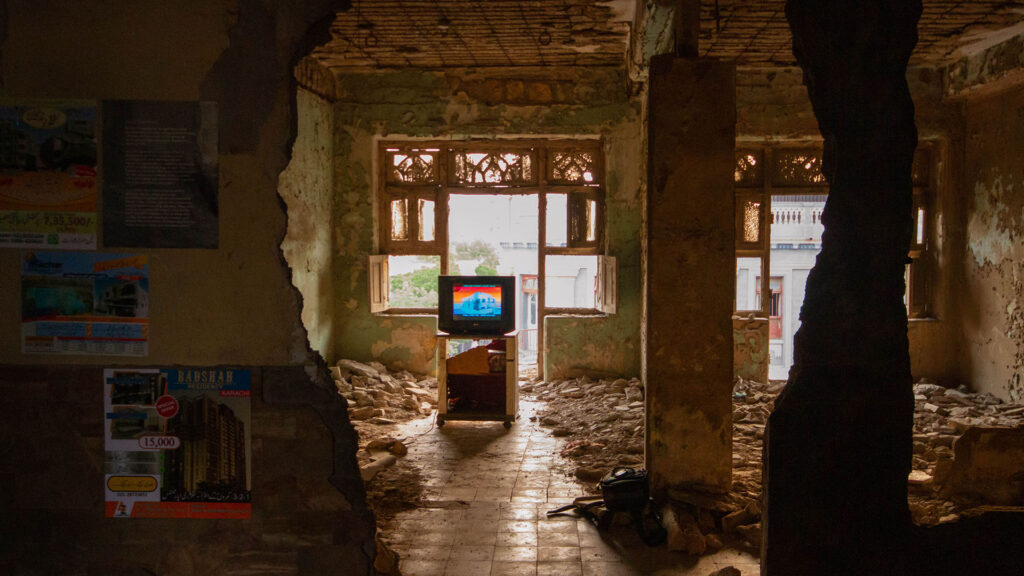Vasl Artists’ Association
Operating out of Pakistan since 2001, Vasl Artists’ Association is an artist-led initiative that encourages critical thinking in creative practices that generate courageous conversations to inspire empathy and inclusion. Vasl is one of the few Pakistani platforms for artists that facilitates art and cultural education and programs for the public. Since the nation has (essentially) been under military rule or maintained a partial democracy for most of its history, Vasl Artists’ Association serves as a crucial platform for free speech in the arts. Alongside its online site, the association maintains a physical sanctuary for artistic innovation, featuring a residence, gallery, office space, and an outdoor courtyard. Over the decades, Vasl has connected and worked with over 700 artists from around the world, as well as over 70 partner organizations.
The term “Vasl,” originates from both Urdu and Persian poetry, denoting a transcendent, deep connection or union between two or multiple entities. Inspired by the philosophy embedded in the etymology of the word, Vasl Artist’s Association functions as a platform to encourage the freedom to express and nurture creativity. Based in Karachi, Pakistan, Vasl is a not-for-profit organization affiliated with the Triangle Network, which was founded in 1982— a global network of artists and visual arts organizations that supports professional development and cultural exchange. As aforementioned, more than 700 international and local artists have undertaken Vasl residencies, attended various workshops, and created projects of significance. Vasl remains a rare Pakistani platform for artists to facilitate art production, cultural education, and public arts programming for all ages.

City
Country
Region
Year of Creation
Featured Project

Resources
Ashfaque, Rabia. “Art, Politics, and Education: Adeela Suleman Interviewed.” BOMB, 31 Aug. 2018, https://bombmagazine.org/articles/2018/08/31/art-politics-and-education-adeela-suleman-interviewed/.
Aziz, Maheen. “The colourful world of female artists (Part – II).” The News International, 16 Mar. 2021, https://www.thenews.com.pk/magazine/you/803141-the-colourful-world-of-female-artists.
Khan, Umair. “Limitations, Possibilities, and the Spaces in Between.” Goethe Institut, Aug. 2019, https://www.goethe.de/en/uun/pub/akt/g19/21642777.html.
Shaikh, Nageen. “Exhibition: Facades and Spaces.” DAWN, 25 Apr. 2021, https://www.dawn.com/news/1620194/exhibition-facades-and-spaces.
“VASL Artists’ Association.” ASEF Culture360, 7 Sep. 2010, culture360.asef.org/resources/vasl-artists-association/.
“Vasl Artists’ Association.” i-Care Foundation, https://i-care-foundation.org/charity/vasl-arts-association/.
“Vasl Artists’ Association.” Khoj International Artists’ Association, https://khojstudios.org/person/vasl-artists-association/.
More Information
IMPORTANT: Profile pages for all collectives are in permanent development and have been built using information in the public domain. They will be updated progressively and in dialogue with the organizations by the end of 2024. New features and sections will be included in 2025, like featured videos, and additional featured projects. Please contact us if you discover errors. For more information on mapping criteria and to submit your organization’s information to be potentially included in the database, visit this page

